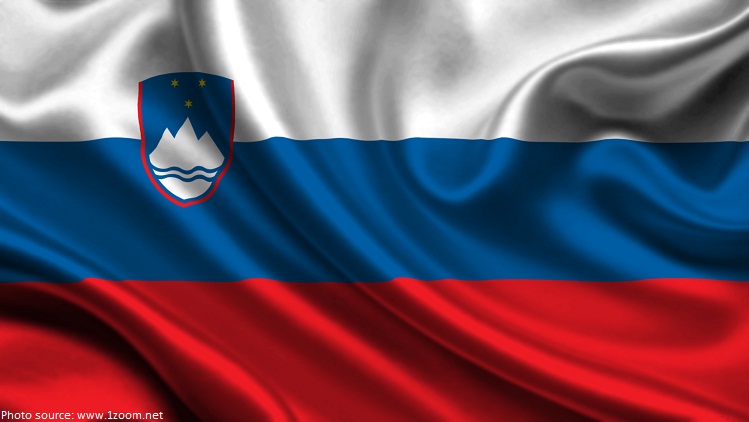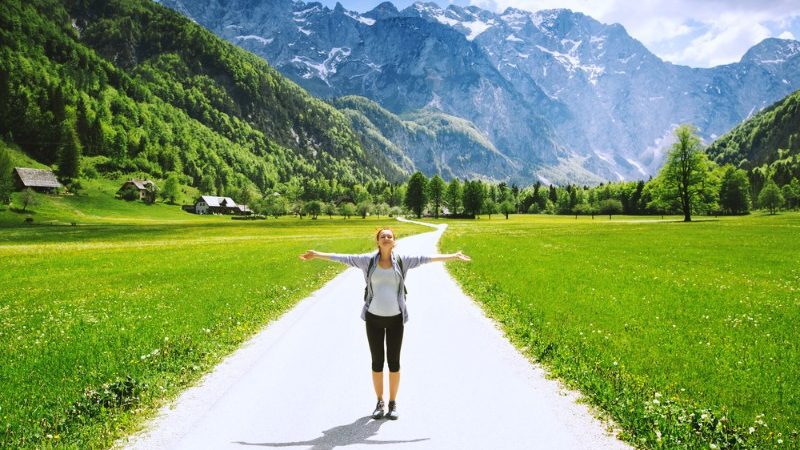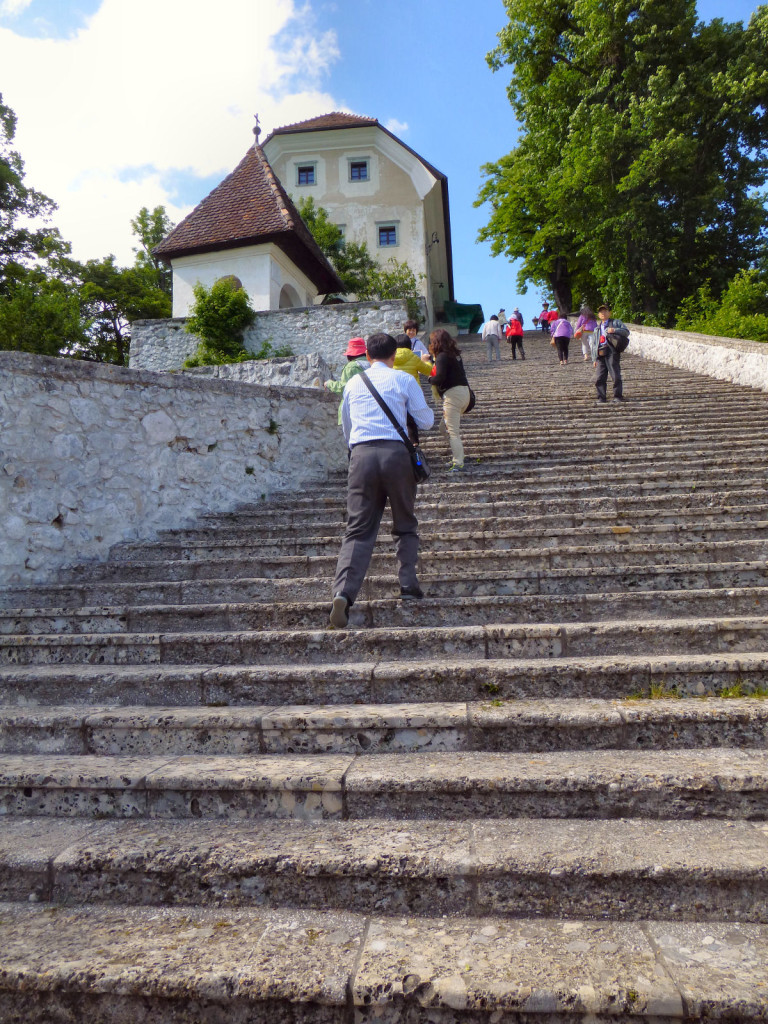

Their well known mountain chains are: Slovak Ore Mountains volcanic Štiavnica Mountains Low Tatras, Greater Fatra and Lesser Fatra.

Slovak topography is dominated by the Carpathian Mountains. The south and the south-east of the country are covered mostly by lowlands: Eastern Slovak Lowland, Záhorská Lowland and Danubian Lowland which is the most fertile and famous one.Ī great part of the Slovak territory is covered by protected landscape areas. The highest point lies in the High Tatras on Gerlachovský Peak at 8,710ft (2,655m) above seal level.

The lowest point of Slovakia lies on a place where the Bodrog River crosses the border with Hungary, at 308 ft (94m) above sea level. Slovakian surface is very irregular, characterized by lowlands, valleys, hills, highlands and mountain chains. Located about 373 mi (600km) on the south-east, an Adriatic Sea is the nearest sea to the landlocked Slovakia. The easternmost point is situated on the Morava River in Záhorská Ves and the westernmost one nearby Nová Sedlica. The southernmost point of Slovakia is situated on the Danube River close to a city called Patince. Slovakia is located in the middle of Europe and is bordered by Czech Republic (West), Austria (South West), Hungary (South), Ukraine (East) and Poland (North). Slovakia’s northernmost point is situated nearby Babia Hora, located in today’s cadastral territory of Oravská Polhora. Slovak Republic is bordered on the north by Poland on the south by Hungary on the west by Czech Republic and its eastern border is formed by Ukraine. Slovakian westernmost and easternmost points are separated only by 266.5 mi (429 km). Its total area of 18,932 sq mi (49,035 sq km) does not rank Slovakia among large countries.

Slovak Republic is a central European country with vast forest areas extending on two fifths of its territory. Liability for the information given being complete or correct.Geography of Slovakia Administrative Division Major Cities District Towns Mountains Lakes and Rivers Caves Fauna Flora Its most important partner for import and export is Germany, with a share of approximately one fifth of the trade. The services sector makes up for over 60 percent of the country’s GDP, whereas the industry sector amounts to more than one third of it. Nevertheless, the economic policies implemented after 1998 made Slovakia a country with a stable economy, and nowadays its GDP has a growth rate of between 3 and 4 percent and is estimated to only slightly fluctuate (in both directions) in the foreseeable future. Shortly after the separation from the Czech Republic, and due to the country’s high levels of corruption, Slovakia’s economy had a hard time recovering from the economic slump it was in. The country has been a member of the EU since 2004 and implemented/adopted the euro as their national currency in 2009. Slovakia's official language is Slovak, spoken by a large percentage of the population. On the 1st of January 1993, the Czech Republic and Slovakia became two independent states. Together with the Czech Republic, Slovakia had formed Czechoslovakia, which, until its dissolution in 1993, was mainly under communist rule. Slightly more than half of the population live in urban areas, but it seems that the Slovak people prefer living in the countryside rather than big cities: This is reflected in the urbanization rate, which decreased by almost 2 percent over the last decade. The fertility rate in the country frequently fluctuates, declining between 20, but picking up again in 2014 to 2015. Recently, it reported the lowest growth in the last five years. In terms of population growth, Slovakia’s population has been on a decline since 2012.


 0 kommentar(er)
0 kommentar(er)
